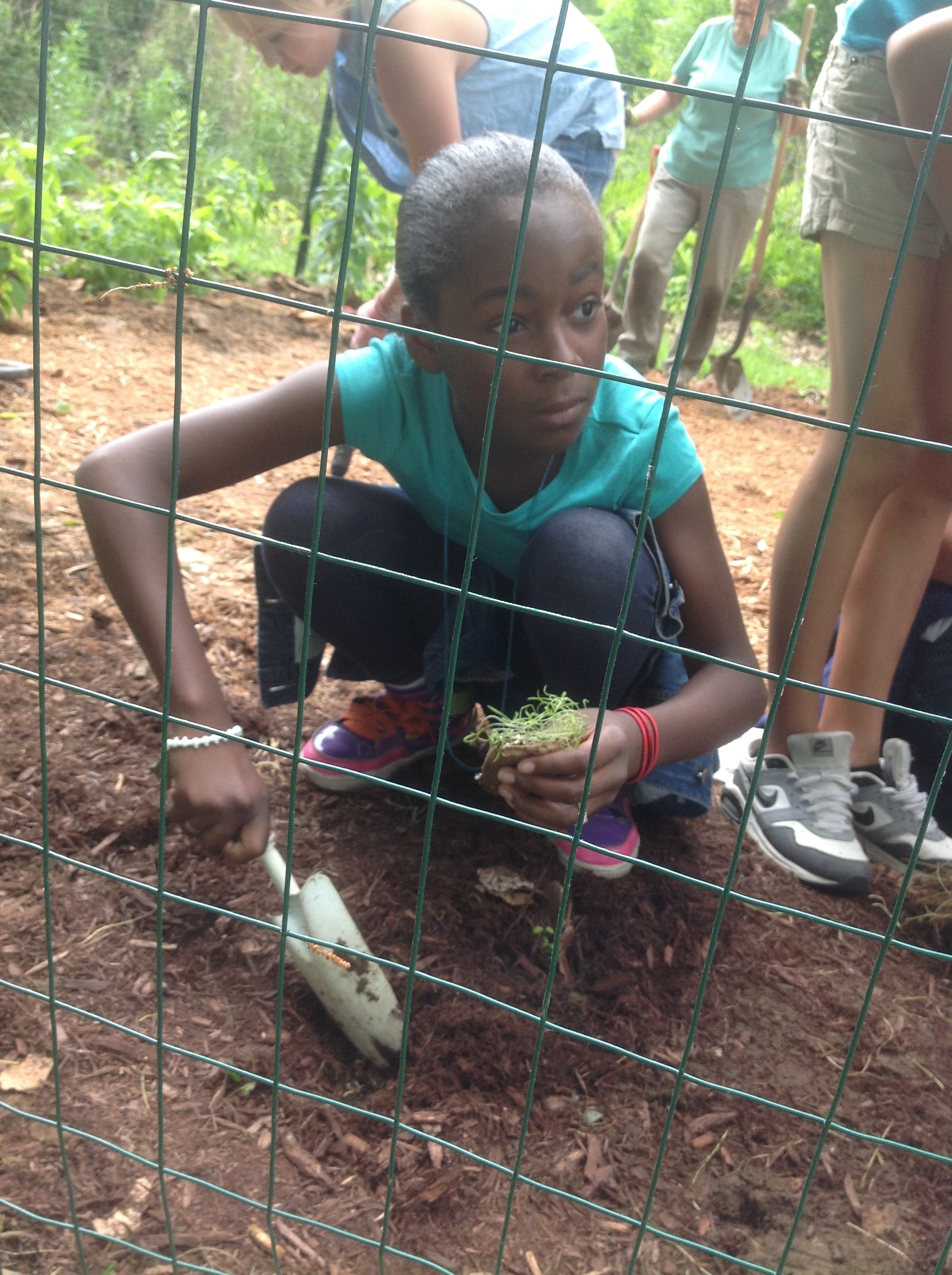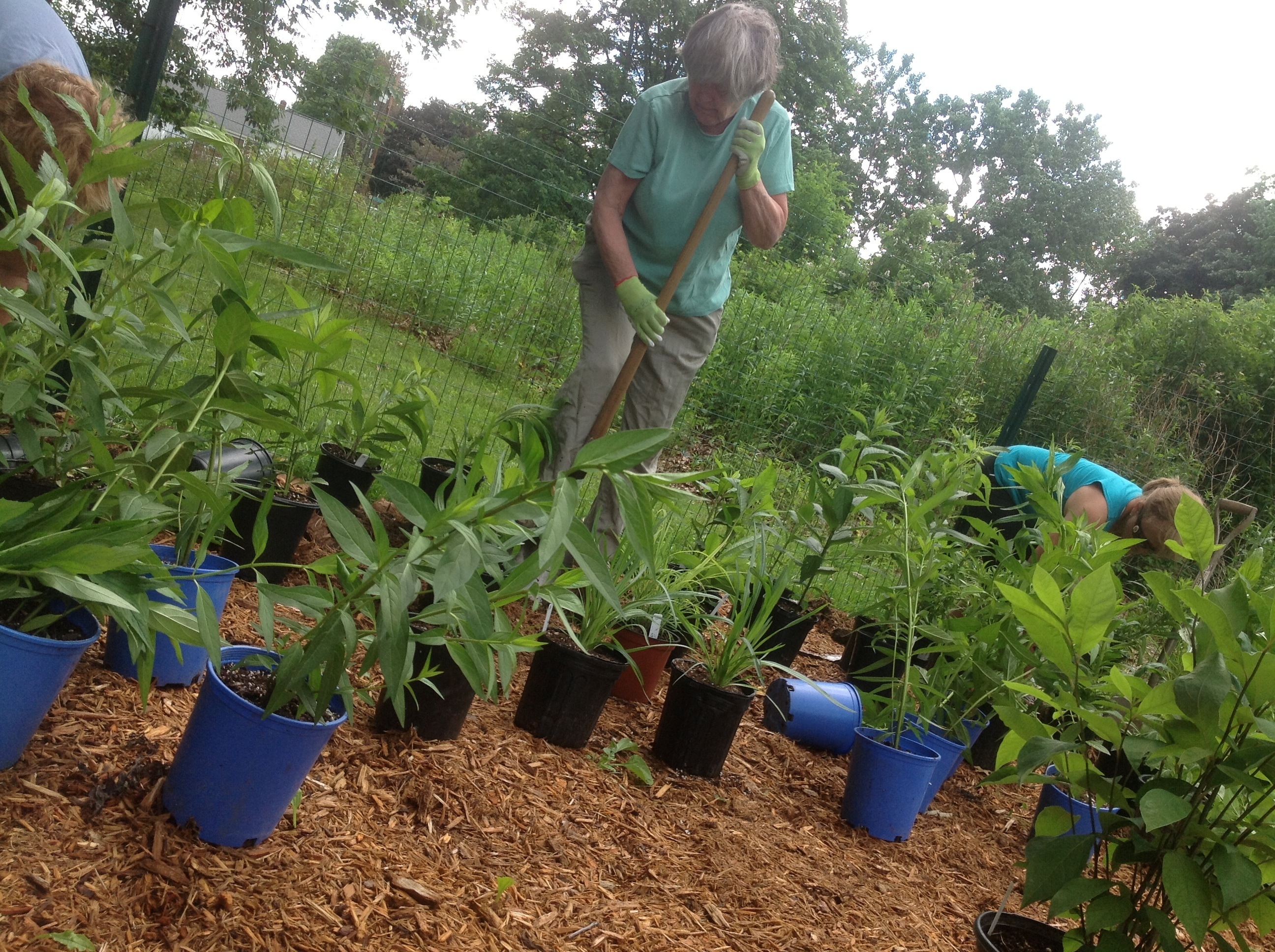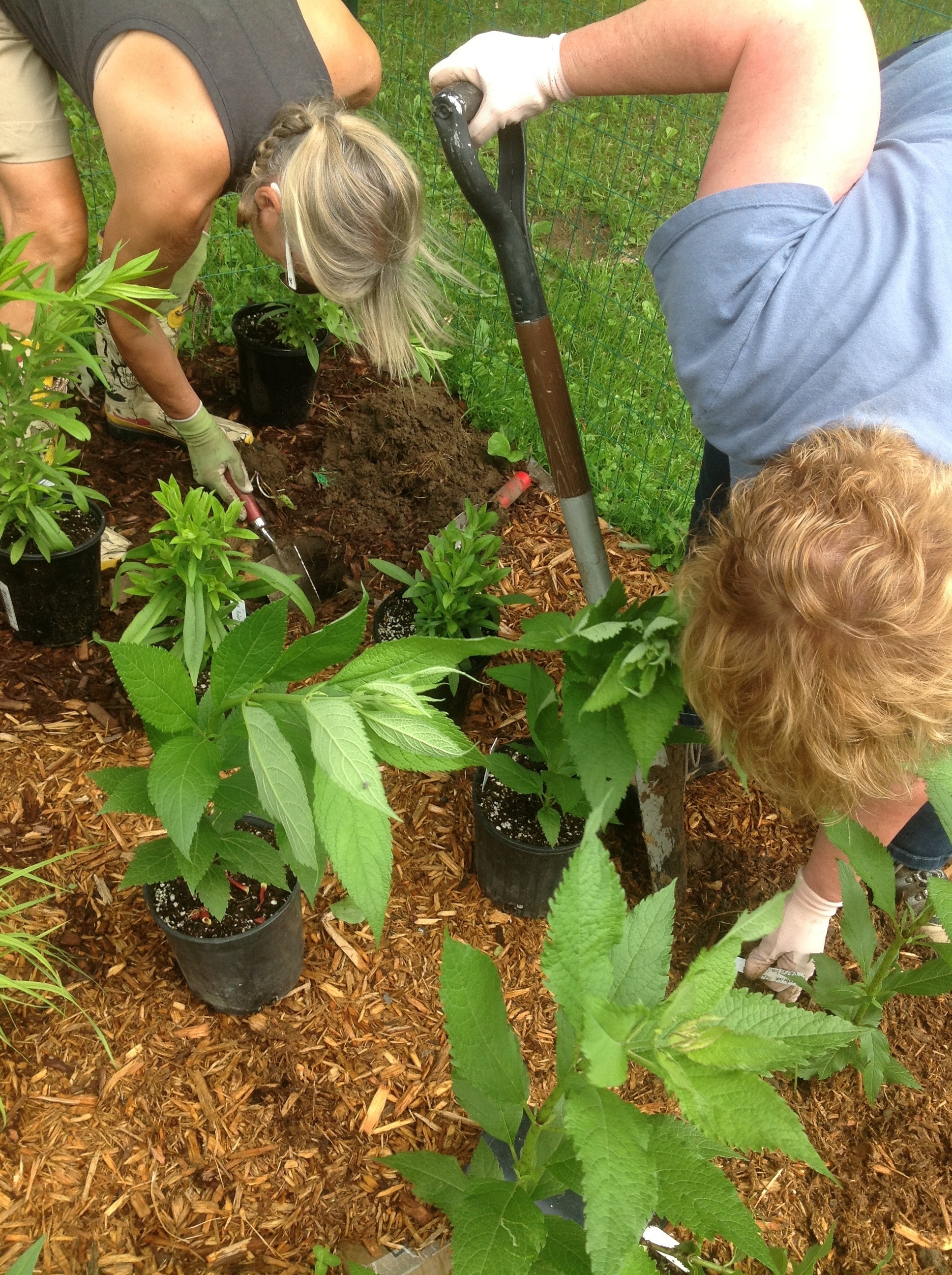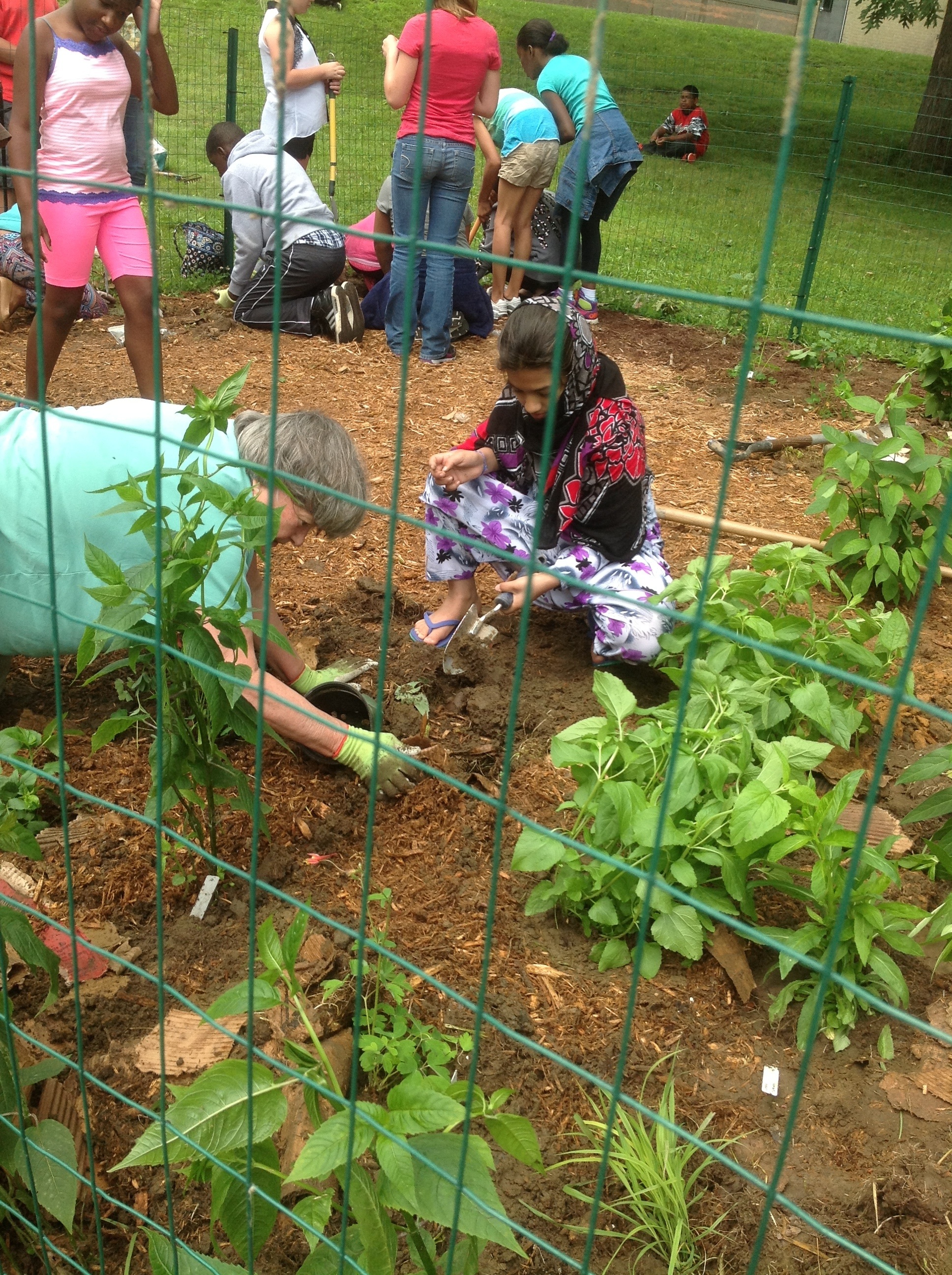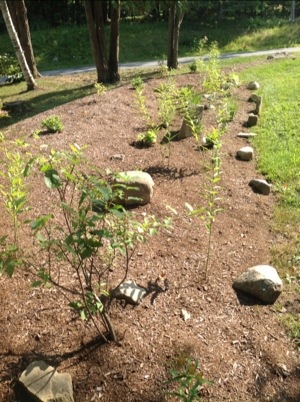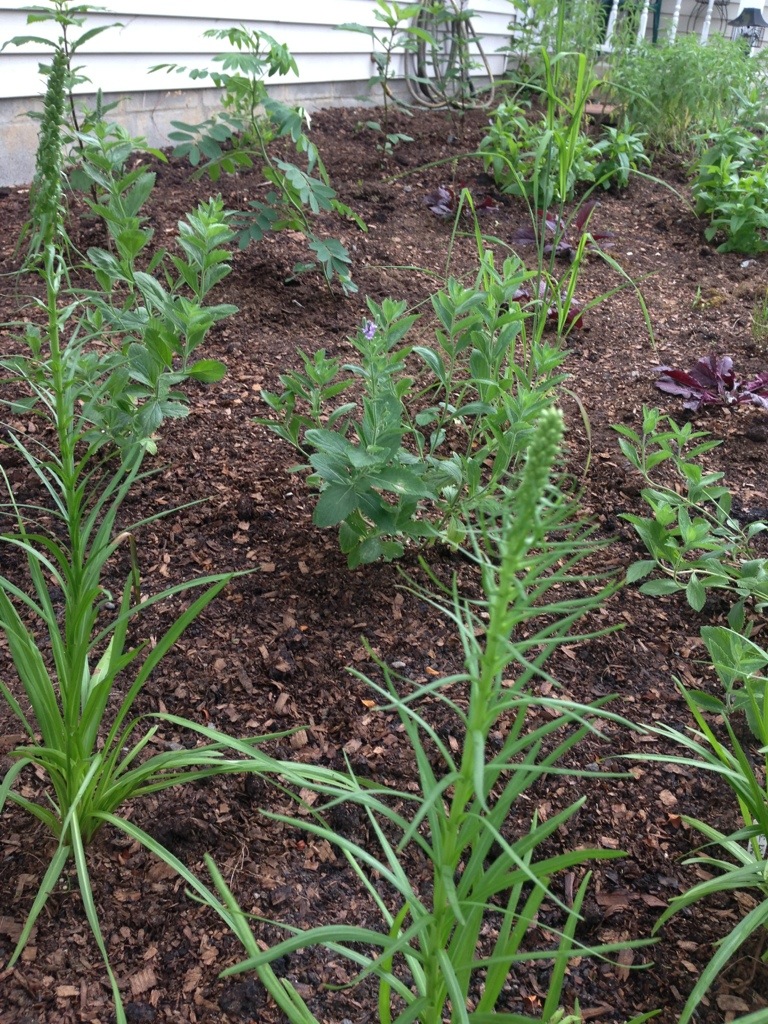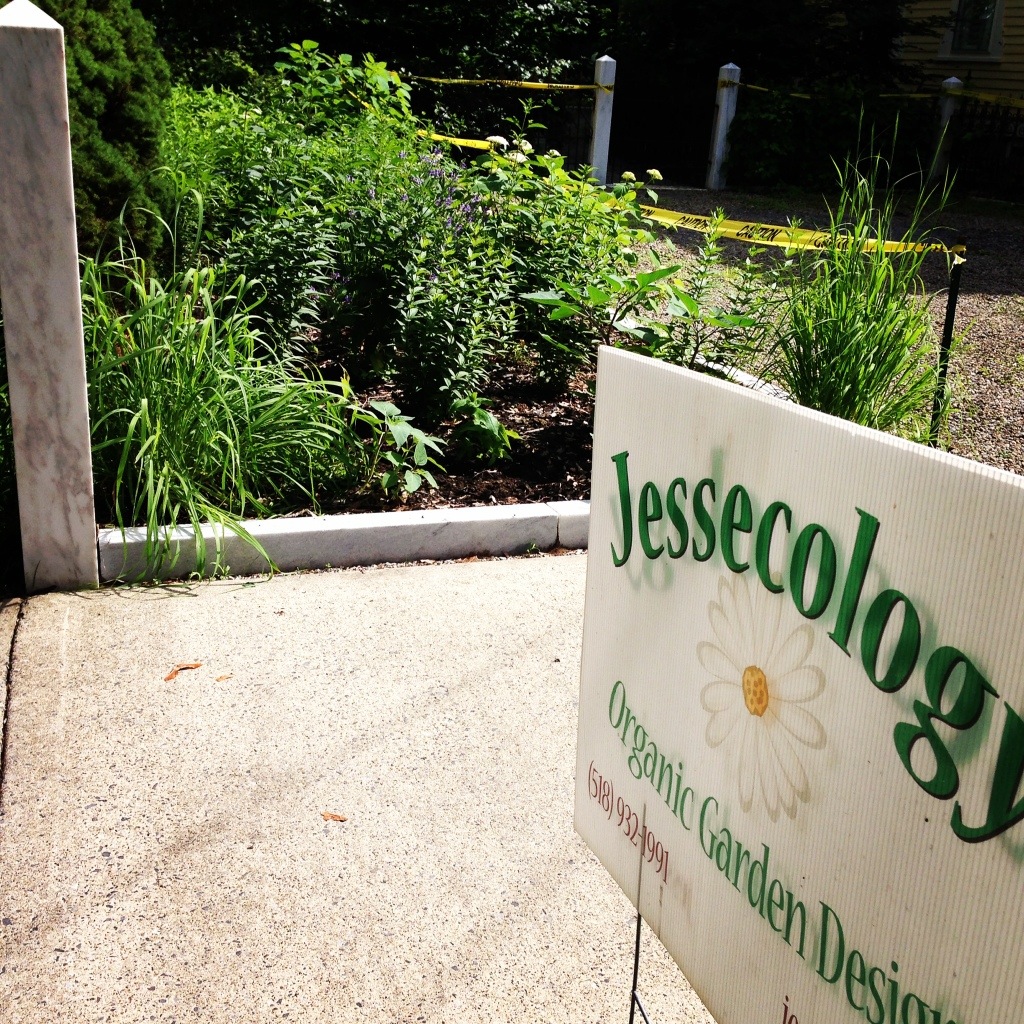Schenectady, NY Butterfly Garden in a nature preserve.
A dream came true spring 2017 when we designed and managed the installation of a butterfly garden in a Schenectady, NY nature preserve. This week saw the much anticipated butterfly garden installation at the Woodlawn Nature Preserve in Schenectady, NY. The Friends of the Woodlawn Preserve contacted me to design a butterfly garden that the volunteers could plant. The nature preserve is located at the edge of a Schenectady district elementary school, and the butterfly garden site is between the school’s playground and some of the Schenectady County preserve’s wetlands. When the volunteers communicated with the school about the project, the teachers and students were interested in participating.
Here’s a list of the Schenectady County native plants we used for the butterfly garden and their ecological importance:
10 Asclepias incarnata (Swamp Milkweed). Classic Monarch butterfly host plant. Also favored by many other butterfly species and hummingbirds as a nectar source.
7 Vernonia noveboracensis NY Ironweed. Gorgeous late bloomer, bloom cycles last for weeks. Great nectar source for many butterflies and other pollinators, like native bees.
7 Symphyotrichum novae-angliae (New England Aster). One of the latest bloomers and highly regarded for its late season nectar source capacity. Monarchs especially stock up on abundant nectar before migration. Other pollinators love Aster and it’s the larval host for the Pearl Crescent butterfly.
3 Andropogon gerardii (Big Blue Stem Grass). Besides being a nice grassy touch in any landscape, Big Blue Stem helps with erosion mitigation by developing muscular roots that are usually more than double in length than the visible top growth. Big Blue Stem is the larval host plant for the Beard-grass Skipper.
2 Cephalanthus occidentalus (Buttonbush shrub). Besides being the larval host for the Titan Sphinx and the Hydrangea Sphinx, Buttonbush is a classic wetland habitat plant, tolerating very wet feet and offering tons of nectar to butterflies and other pollinators.
3 Zizia aurea (Golden Alexander). Golden Alexander is one of our native plant species that serves as larval host to the Black Swallowtail butterfly population. It’s an early bloomer, offering a badly needed early nectar and pollen source for birds and butterflies.
5 Eupatorium coelestinum (Ageratum). Blooming around the same time as New England Aster, Ageratum offers another reliable late season nectar outpost.
10 Lobelia cardinalis (Cardinal Lobelia or Cardinal flower) Another classic wetland plant with bright red tubular shaped blooms, Cardinal flower is a siren for hummingbirds and butterflies alike.
4 Aquilegia canadensis (native Columbine). Columbine, like Golden Alexander, offers important early season nectar for hummingbirds, butterflies and pollinators. Larval host for the Columbine Duskwing.
5 Agastache nepetoides (Giant Yellow Hyssop). Generates tons of pollen and nectar, a true star in the pollinator garden and endangered species in NYS.
1 Lindera benzoin Spicebush shrub. Spicebush Swallowtail larval host plant. Safe cover and breeding space for birds. A frequent native alternative replacement for Forsythia.
10 Eupatorium maculata (Spotted Joe Pye Weed). Quintessential wetland plant, offers rich nectar and pollen to butterflies, pollinating insects, and birds after the plant goes to seed.
3 Monarda fistulosa (Red Beebalm) Hummingbird magnet, butterflies too.
3 Liatris psycnostachya (Blazing Star). Late blooming butterfly magnet.
1 Viburnum dentatum (Arrowwood Viburnum). Shrubs act as anchors in the gardenscape, showing a steady form all year round. Birds love to eat Viburnum seeds, and Viburnums offer them safe cover and breeding spots.
Once we had picked the space adjacent to the nature preserve and Schenectady elementary school where the garden would exist, and chosen measurements, we used the organic method of lasagna gardening to develop the new bed.
It was a privilege and a joy to be a part of developing the butterfly garden at the Schenectady, NY Woodlawn Nature Preserve. I can’t wait to come back and see everything fill in and mature. As time goes on and the plants go to seed, the birds will eat the seeds and carry them out into the 135 acres of nature preserve, exponentially increasing this ecosystem’s seed bank of high habitat value native species seeds and plants, and in turn exponentially increasing the carrying capacity for the region’s songbirds, butterflies, pollinating insects, hummingbirds and the animals that rely on those organisms for food, like small mammals, even foxes. Good job, Friends of the Woodlawn Schenectady! You did right by your community’s future in a dozen ways.

